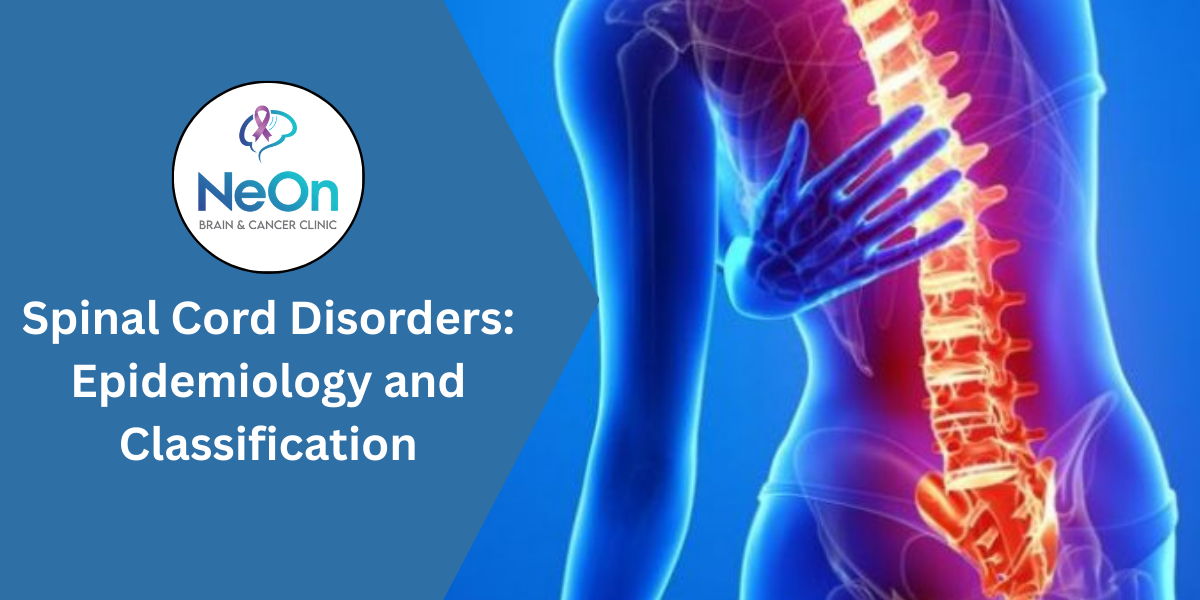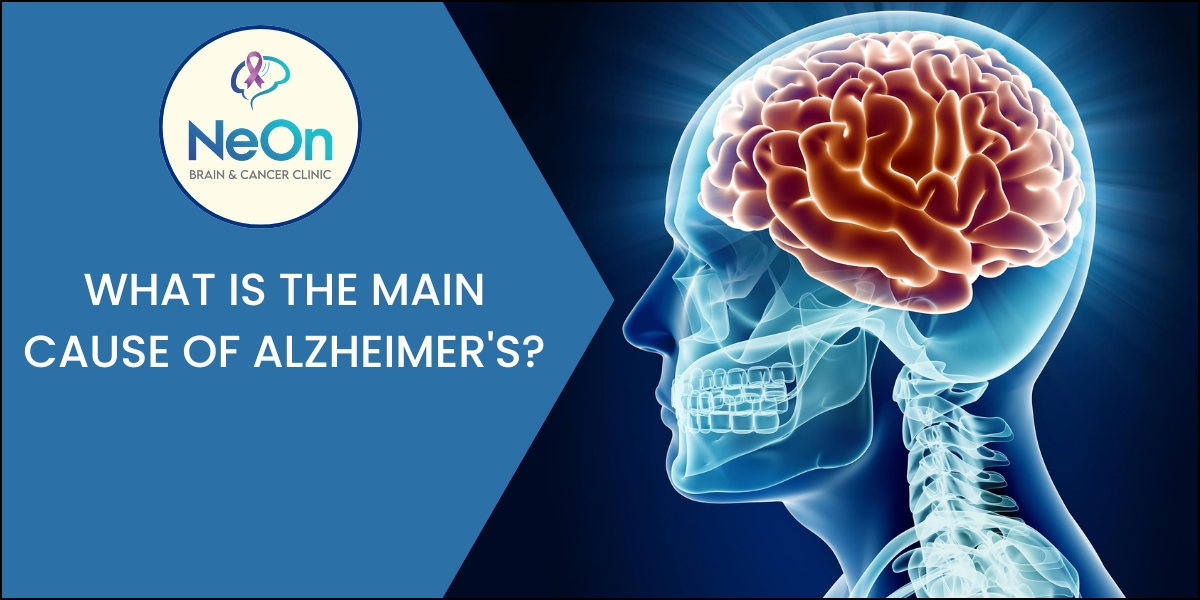The spinal cord is one of the most critical components of our nervous system. Acting as a communication highway between the brain and the rest of the body, it controls movement, sensation, and reflexes. When spinal cord disorders occur, they can significantly impact a person’s quality of life, leading to symptoms ranging from mild numbness to severe paralysis. Understanding the epidemiology and classification of these disorders helps patients and caregivers recognize risks, seek timely medical attention, and navigate treatment options effectively.
At Hadapsar, Pune, Dr. Sadique Pathan, an experienced neurologist in Hadapsar, provides expert care for patients dealing with spinal cord disorders, offering personalized evaluations and evidence-based management strategies.
What Are Spinal Cord Disorders?
Spinal cord disorders refer to any condition that affects the structure or function of the spinal cord. These conditions can result from trauma, infections, degenerative changes, tumors, or congenital abnormalities. The impact of spinal cord disorders varies depending on the location and severity of the damage.
Some common symptoms include:
-
Weakness or paralysis in limbs
-
Loss of sensation or abnormal sensations like tingling or burning
-
Loss of bladder or bowel control
-
Severe back or neck pain
Early diagnosis is crucial, as timely interventions can prevent permanent damage and improve long-term outcomes.
Epidemiology of Spinal Cord Disorders
Understanding the epidemiology of spinal cord disorders provides insights into how common these conditions are, who is at risk, and which factors contribute to their development. Key points include:
-
Global Prevalence: Approximately 250,000 to 500,000 people worldwide suffer from spinal cord injuries each year. Non-traumatic causes, such as degenerative disorders and tumors, contribute significantly to overall spinal cord morbidity.
-
Age & Gender Distribution: Traumatic spinal cord injuries are more common in young adults, especially males aged 20–40 years, due to road traffic accidents and occupational hazards. Non-traumatic disorders, such as degenerative diseases or infections, tend to affect older adults.
-
Geographical Variation: Rates of spinal cord disorders vary by region, with higher incidence in areas with greater rates of accidents, infections, or limited access to healthcare.
-
Risk Factors: Trauma (falls, accidents), degenerative spinal diseases (like spondylosis), infections (like tuberculosis of the spine), and tumors can increase the likelihood of spinal cord dysfunction.
Dr. Sadique Pathan, as a leading neurologist in Hadapsar, Pune, often emphasizes the importance of awareness, preventive strategies, and early evaluation to reduce the burden of spinal cord disorders.
Classification of Spinal Cord Disorders
Spinal cord disorders are classified based on cause, location, and clinical presentation. Proper classification helps neurologists determine the best treatment approach and predict patient outcomes.
1. Based on Etiology (Cause)
-
Traumatic: Caused by accidents, falls, sports injuries, or violence. Traumatic spinal cord injuries are sudden and can lead to partial or complete loss of function.
-
Non-Traumatic: Include degenerative, infectious, vascular, or neoplastic (tumor-related) causes. Non-traumatic disorders usually develop gradually and may be progressive if untreated.
2. Based on Location
-
Cervical Spinal Cord Disorders: Affect the neck region, potentially causing weakness or paralysis in all four limbs (tetraplegia).
-
Thoracic Spinal Cord Disorders: Affect the upper and mid-back, often leading to lower limb weakness or sensory changes.
-
Lumbar and Sacral Disorders: Primarily affect the lower back and legs, sometimes causing bowel or bladder dysfunction.
3. Based on Clinical Presentation
-
Complete Spinal Cord Injury: Total loss of motor and sensory function below the level of injury.
-
Incomplete Spinal Cord Injury: Partial preservation of motor or sensory function, which may allow for some degree of mobility or sensation.
4. Special Classifications
-
Congenital Disorders: Conditions present from birth, such as spina bifida, that affect spinal cord development.
-
Degenerative Disorders: Age-related changes like cervical spondylotic myelopathy that compress or damage the spinal cord over time.
-
Inflammatory or Infectious Disorders: Conditions like transverse myelitis or spinal tuberculosis.
-
Neoplastic Disorders: Tumors arising within or compressing the spinal cord.
This classification system allows neurologists to tailor treatment plans, whether it involves medications, rehabilitation, surgery, or lifestyle modifications.
Symptoms That Should Not Be Ignored
Prompt recognition of spinal cord disorder symptoms can prevent irreversible damage. Patients should seek medical attention if they experience:
-
Sudden or progressive weakness in the arms or legs
-
Loss of coordination or difficulty walking
-
Severe back pain not relieved by rest
-
Numbness or tingling in limbs
-
Urinary or bowel incontinence
Neurologists in Hadarpar, Pune, Dr. Sadique Pathan encourages patients to undergo early evaluation, including MRI or CT scans, to accurately diagnose the underlying cause and begin treatment promptly.
Importance of Early Diagnosis
Early diagnosis is critical because:
-
It prevents further spinal cord damage
-
Allows timely surgical or medical interventions
-
Improves chances of functional recovery
-
Helps in planning rehabilitation programs
Neurologists like Dr. Sadique Pathan emphasize combining clinical evaluation, imaging studies, and patient history to identify the type and severity of the disorder accurately.
FAQs About Spinal Cord Disorders
Q1. What are the main causes of spinal cord disorders?
The main causes include trauma (accidents, falls), degenerative changes (spondylosis), infections, tumors, and congenital conditions.
Q2. How are spinal cord disorders diagnosed?
Diagnosis is based on physical examination, neurological assessment, and imaging tests such as MRI, CT scan, or X-rays.
Q3. Can spinal cord disorders be treated without surgery?
Yes, some cases can be managed with medications, physical therapy, and rehabilitation. Surgery may be required for severe compression, trauma, or tumors.
Q4. Is recovery possible after a spinal cord injury?
Recovery depends on the type and severity of the injury. Incomplete injuries have a better chance of recovery, especially with early intervention and rehabilitation.
Q5. How can spinal cord disorders be prevented?
Preventive measures include wearing protective gear during sports, practicing safe driving, maintaining posture, treating infections promptly, and regular check-ups for degenerative conditions.


